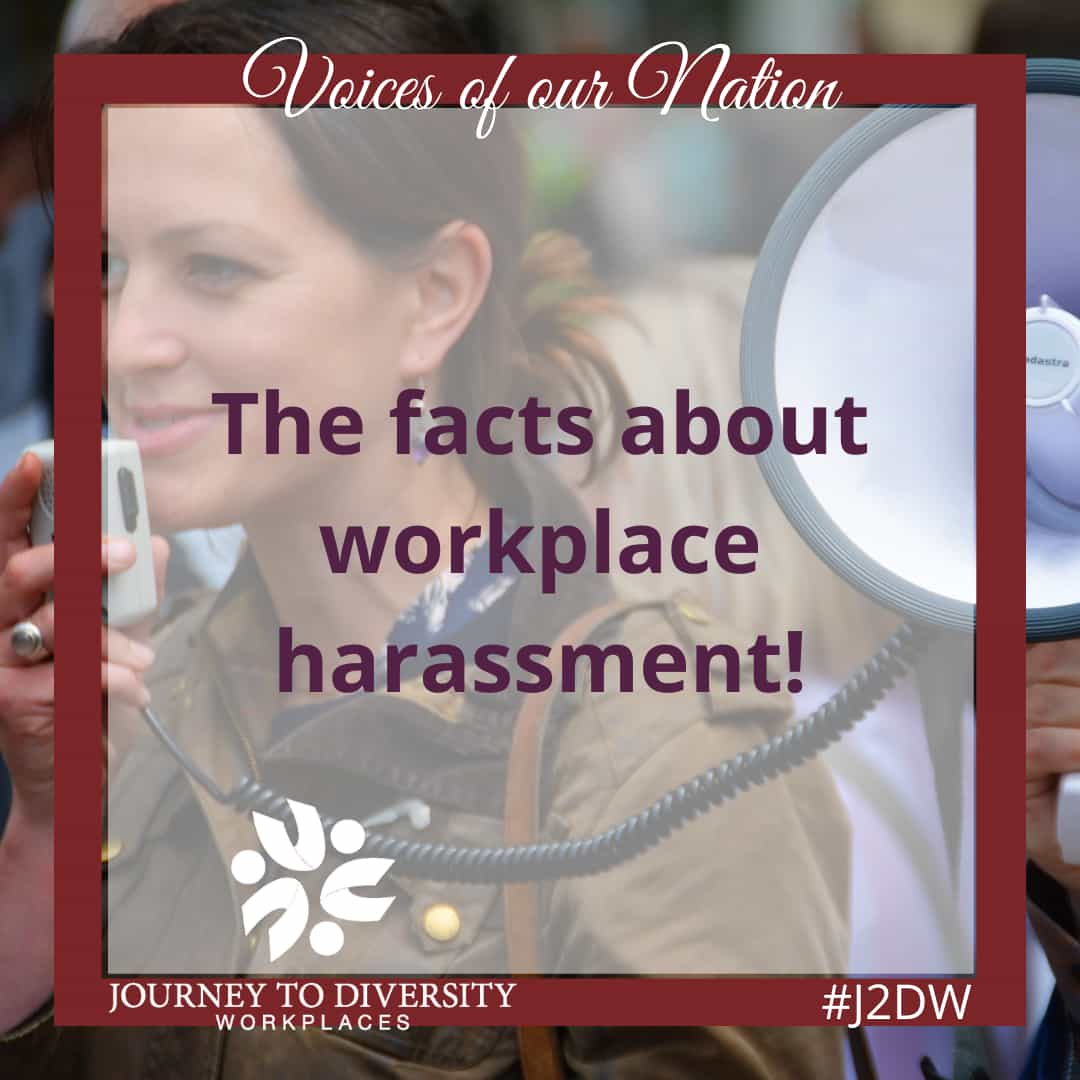One of the most common issues that employees face within the workplace is harassment. Many Canadians over the age of 15 are likely to fall victim or be a witness to workplace harassment over the course of their career.
Workplace harassment is defined as objectionable or unwelcome conduct, comments or actions against an individual within the workplace. This unwelcome verbal or physical behaviour is done in a way that is expected to offend, intimidate, humiliate or degrade. These actions can cause one to feel unwelcome and in some cases unsafe, causing productivity and overall job satisfaction levels to drop. Some forms of harassment include offensive jokes, intimidation, assault, sexual harassment, amongst others.
The most common type of harassment experienced in the workplace or in work related settings is verbal abuse. According to Stats Canada, 13% of women and 10% of men have experienced this within the past year. From discriminatory language, shouting, spreading gossip and/or lies, interrupting or undermining colleagues; verbal abuse can present itself in many ways. These negative verbal interactions can cause animosity between team members and lead to a hostile work environment, which over time can have a negative influence on the mental health of employees.
Unfortunately, most workplace harassment cases go unreported out of fear of retribution, especially if those responsible for the harassment hold higher positions of power than the victim. This power dynamic instills fear, and deters them from reporting. In many instances employees have suffered consequences, such as demotion or losing their job, as a result of filing a complaint. Additionally, many companies and organizations do not have adequate human resource services, making it difficult and unworthwhile to report as it is unlikely to produce results that favour the victim.
The government has policies in place that work towards a safer work environment for all. The Directive on the Prevention and Resolution of Workplace Harassment and Violence was created to protect employees and to ensure that there is an appropriate response when a complaint is made. However, it is up to the independent employers to see that this directive is followed.
Companies should be following this directive and actively working to protect their employees from all harassment within the workplace. From prevention to direct action, there are several steps that can be taken.
Raising awareness has proven to be effective by alerting employees of the common struggles faced and the signs to look out for to detect instances of workplace harassment. Alongside that, making certain that all employees know what constitutes acceptable behaviour within the workplace and what does not.
The employer and those in leadership roles should be demonstrating and promoting a safe and positive working environment. They should consistently stay aware of the atmosphere within the workspace and directly address any tension or issues that may come up.
To combat the fear that comes with reporting, there should be open lines of communication within the workplace. Each individual that comes forward with a complaint should be taken seriously and treated fairly, regardless of position within the organization. Those listening should do so carefully and respectfully, keeping in mind the vulnerable position that the individual is in.
Employees should also be alerted of any and all possible consequences of their actions. Knowing the consequence works to deter individuals from partaking in the actions that would warrant such a response.
Workplace harassment is something that has become all too common, and there is still more work that needs to be done. Education and awareness are the key to enacting change, and creating a safe and welcoming working environment for all employees.
This article was written by summer student Hannah Mastin and edited by summer student Adam Best. This article was funded by the Government of Canada.

